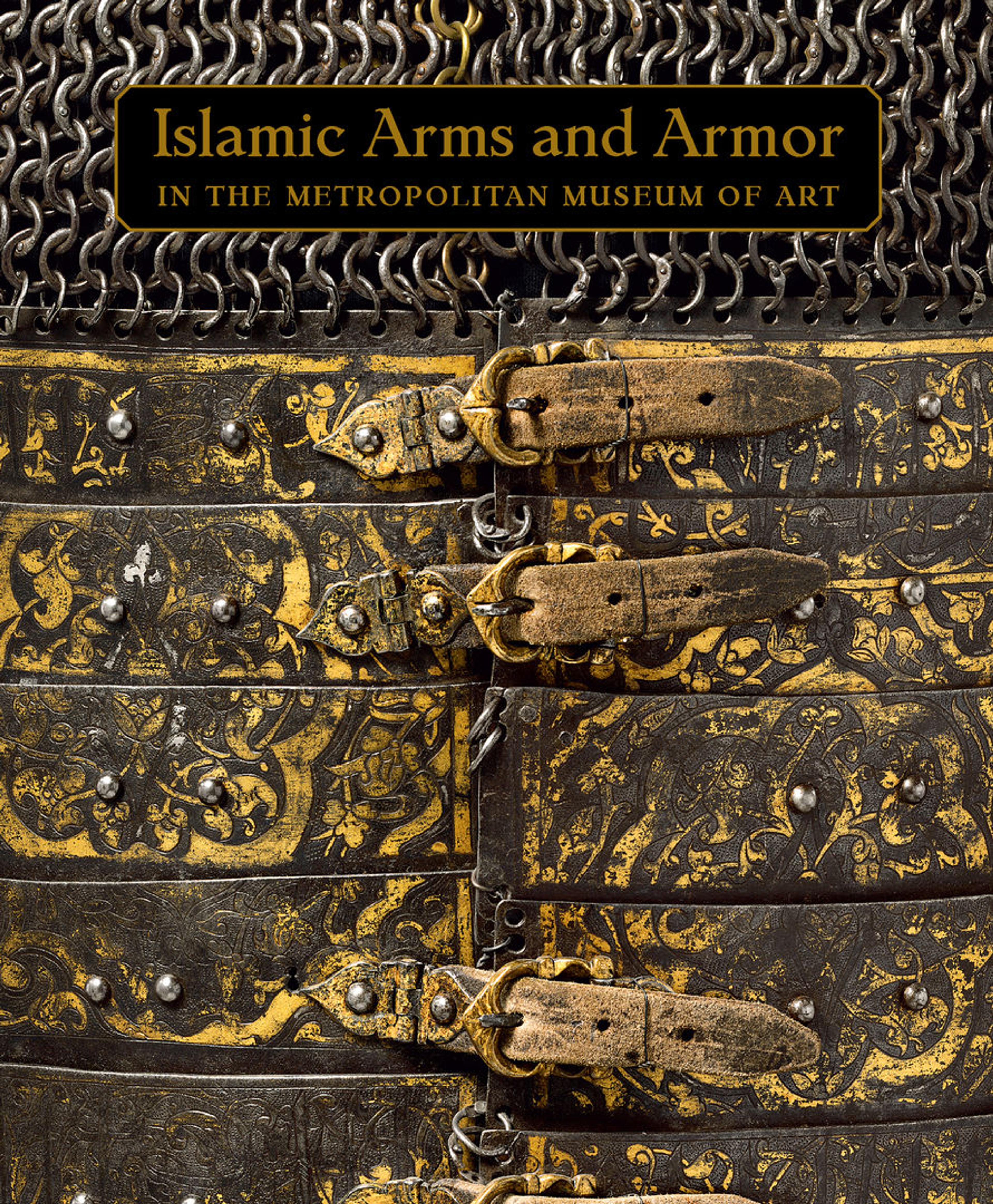Matchlock Gun
Firearms were used in India starting in the fifteenth century and the matchlock remained the preferred firearms mechanism until about 1830. This sporting gun is distinctive for its delicately painted stock covered with hunting scenes, birds and other animals, and landscapes. The gold-damascened barrel is a masterpiece of forging, having both a square cross section and a square bore. It is signed by the smith Haji Sha'ban, who signed two other barrels on guns captured by the British at Lahore, in northwest India (now Pakistan), in the nineteenth century.
Artwork Details
- Title:Matchlock Gun
- Date:late 18th–early 19th century
- Geography:Rajasthan
- Culture:Indian, Rajasthan or Lahore
- Medium:Steel, wood, gold, silver, pigment
- Dimensions:L. 61 5/8 in. (156.4 cm); L. of barrel 42 7/8 in. (108.8 cm); Cal. .44 in. (11.0 mm); Wt. 8 lb. (3631 g)
- Classification:Firearms-Guns-Matchlock
- Credit Line:Bequest of George C. Stone, 1935
- Object Number:36.25.2153
- Curatorial Department: Arms and Armor
More Artwork
Research Resources
The Met provides unparalleled resources for research and welcomes an international community of students and scholars. The Met's Open Access API is where creators and researchers can connect to the The Met collection. Open Access data and public domain images are available for unrestricted commercial and noncommercial use without permission or fee.
To request images under copyright and other restrictions, please use this Image Request form.
Feedback
We continue to research and examine historical and cultural context for objects in The Met collection. If you have comments or questions about this object record, please contact us using the form below. The Museum looks forward to receiving your comments.
